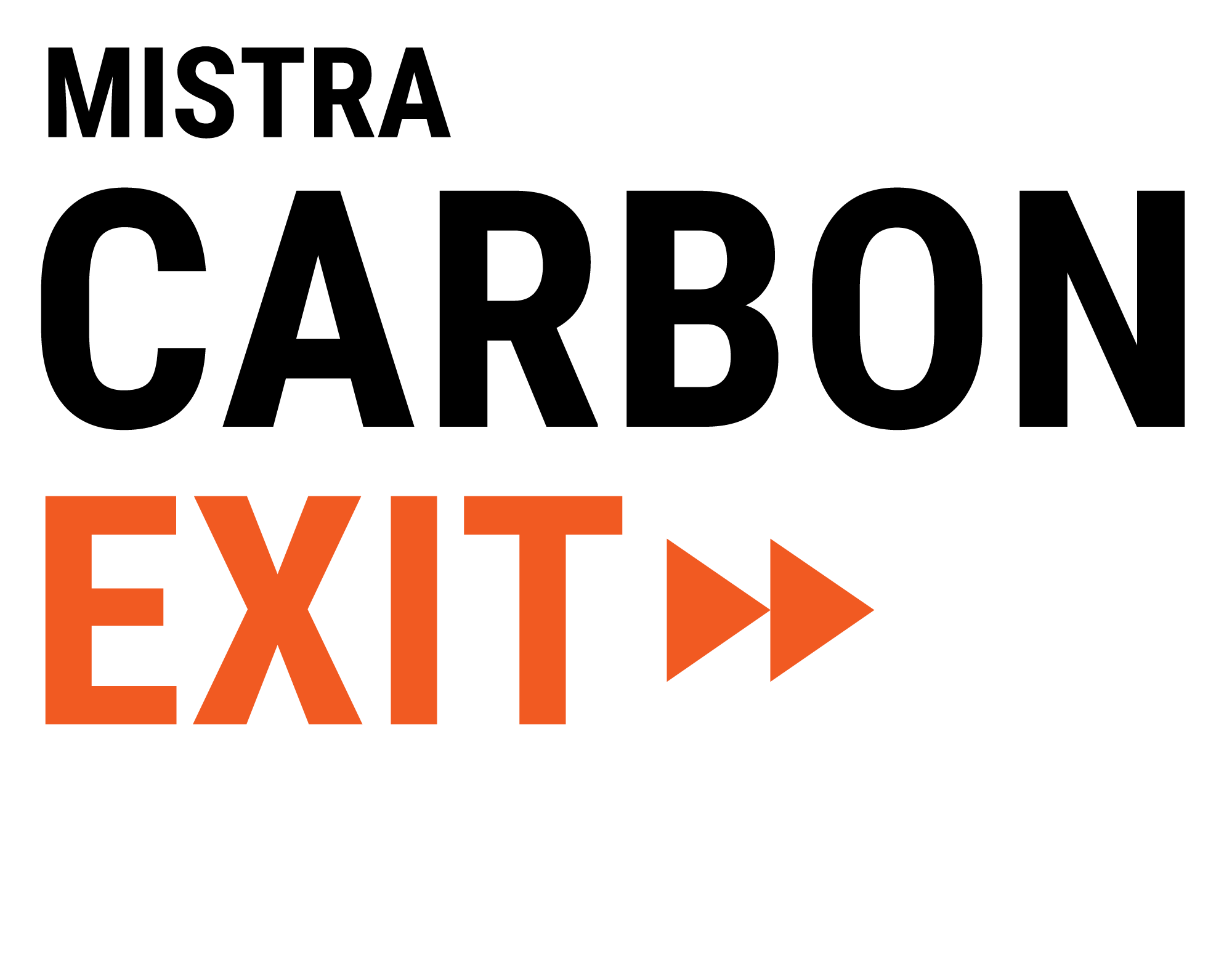12 takeaways on buildings and infrastructure
Mistra Carbon Exit´s fifth programme conference gave attendants important takeaways on subjects such as the development in north Sweden, transport, building and infrastructure. The changing policies in the EU and the US were other topics.
Here are twelve takeaways from the breakout session Buildings and infrastructure. Below you will also find links to the presentations. The session was chaired by Johan Rootzén, IVL Swedish Environmental Research Institute.
Åsa Hult, IVL Swedish Environmental Research Institute, has focused on the climate transition in Skellefteå in Northern Sweden. Together with Jonas Sondal Åsa has made a case study based on interviews with representatives from municipal departments involved in construction in Skellefteå and a series of interviews with project partners involved in for example Site East and Sara Culture Center.
Three of the main take-aways from the case study are:
• Cutting-edge projects at Skellefteå Municipality are part of a broad climate transition in most, but not all, departments.
• Cutting-edge projects have the potential to push for climate change by influencing attitudes and norms.
• The study shows that learning takes place through recruiting so-called “bridging agents” that create a “sharing culture”, a strategy that has not received sufficient attention in previous research.
Ida Karlsson, Challmers University of Technology, has piloted her work on a Climate action menu for infrastructure projects in Skellefteå, a municipality that is expanding rapidly and at the same time is investing in climate change.
She offers three takeaways:
• There is a large difference between the potential and actual implementation of carbon emissions reduction in construction.
• To support the transition, we have developed a climate action menu detailing key mitigation measures within the project domain of influence.
• Based on the workshop in Skellefteå is the Climate action menu is deemed useful as a baseline level and a checklist across project stages. It will now be further tested, refined and integrated into tools and handbooks to support broad dissemination.
Aaron Qiyu Liu, Chalmers University of Technology, has studied how missing data can be handled when conducting material flow analyses to estimate embodied carbon from the construction of buildings and transport infrastructures.
Statistical data are often incomplete, but methods to impute or predict missing data are required to conduct a national-level analysis. Aaron Qiyu Liu has shown that supervised machine learning can be very useful and that such methods perform relatively well.
Aaron’s takeaways:
• Machine learning and big data methods can be used to improve estimations of embodied carbons in buildings and infrastructures.
• Municipalities and private road owners have a large role to play in reducing embodied carbons in Swedish transport infrastructure.
• More focus should be put on improving the maintenance procedures of roads as new construction contributes to a small share of embodied carbon.
Anna Kadefors, KTH Royal Institute of Technology, has studied how procurement can be used to drive towards climate and sustainability targets. What are the requirements and criteria, regulations and guidelines, bonuses and penalties that are being used and how do they affect purchasers and contractors?
Three takeaways from the presentation:
• Carbon reduction in construction projects is highly facilitated by collaborative project delivery models that enable knowledge integration between project parties.
• Client functions are complex. There is a need for better collaboration between top management, purchasing functions, environmental specialists and project managers.
• In the project-based construction sector, relationships are temporary and decision-making is decentralised. Thus, long-term development is best driven by collaborative efforts at the industry level.


